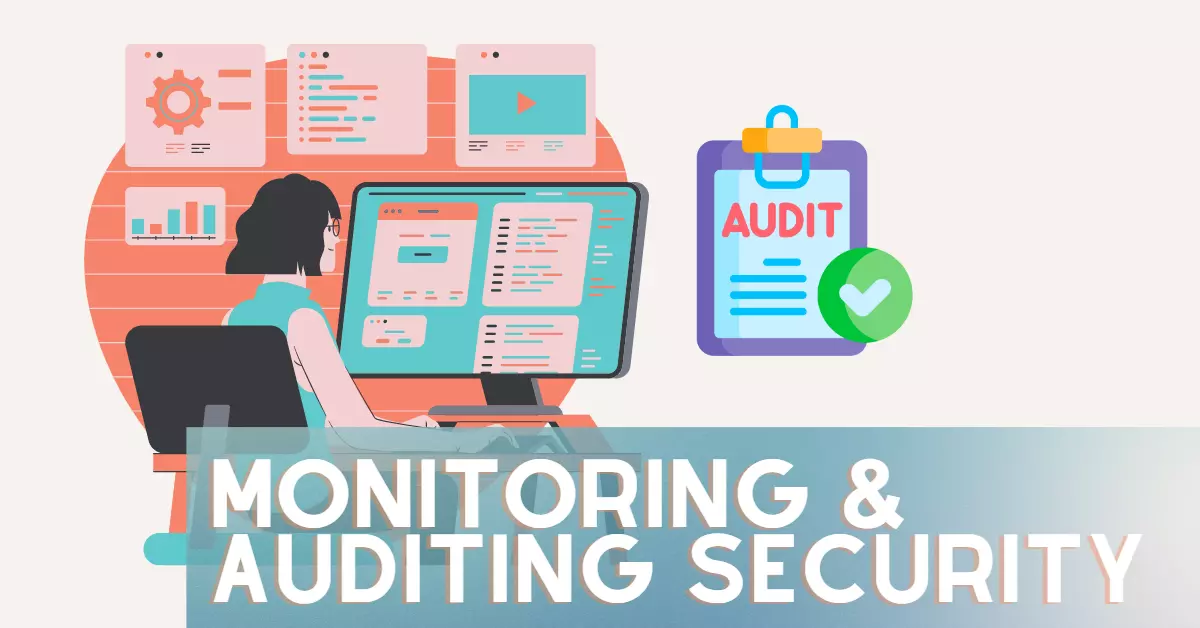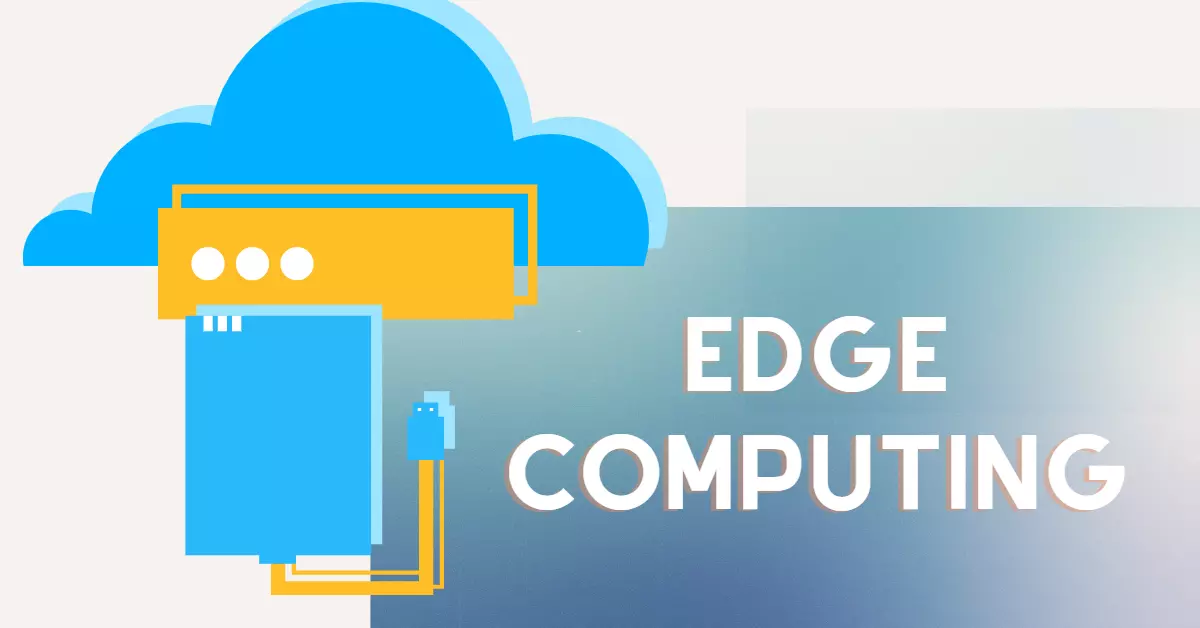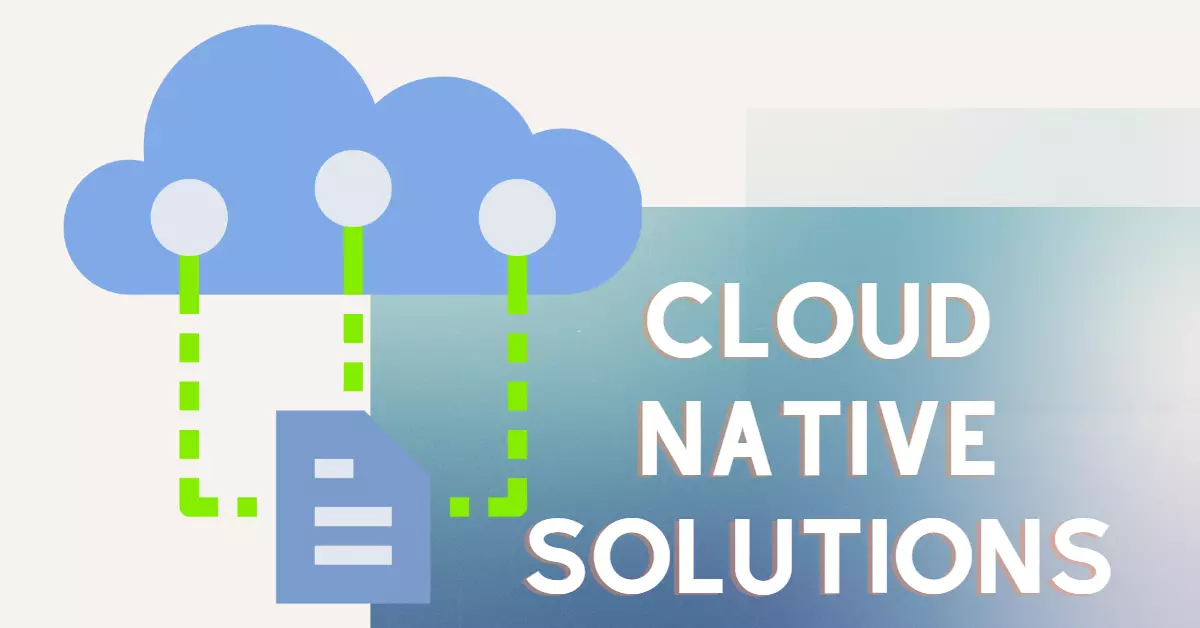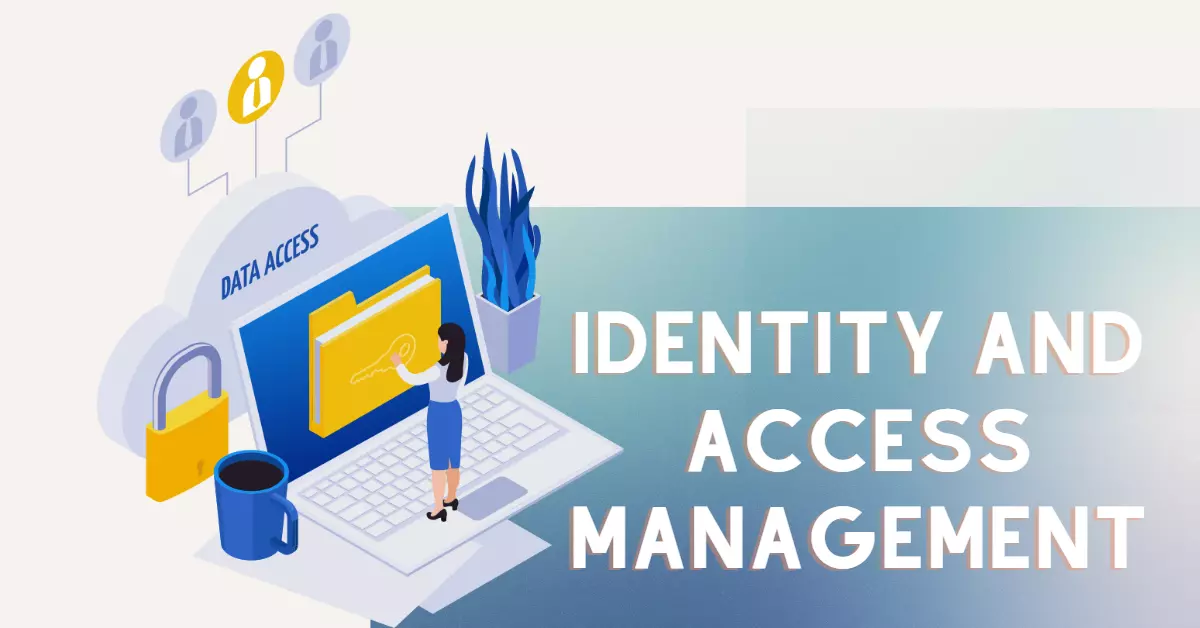Cloud infrastructure has become a staple for organizations of all sizes, but as the use of cloud services continues to grow, so does the need to ensure that these services are secure. With the increasing number of cyber threats and data breaches, it’s more important than ever to ensure that your cloud infrastructure is protected.
In this blog post, we will be discussing the best tools available for securing cloud infrastructure. From Cloud Security Posture Management (CSPM) tools to Cloud Security Information and Event Management (SIEM) tools, we’ll explore the features and benefits of each tool to help you make an informed decision on which tools will best meet the security needs of your organization.
Best Practices for Cloud Infrastructure security
Whether you’re a small business or a large enterprise, this post will provide you with valuable insights on how to protect your cloud infrastructure and keep your data safe. So, if you’re looking to secure your cloud infrastructure, don’t miss this informative and engaging blog post on the best tools available in the market.
1. Cloud Security Posture Management (CSPM) tools
CSPM tools are designed to help organizations assess and manage their cloud security posture. They scan cloud infrastructure and identify misconfigurations, vulnerabilities, and compliance risks, and provide remediation guidance. CSPM tools also provide visibility into cloud usage and allow organizations to identify and terminate unnecessary or unauthorized resources. These tools can be used to automate security configuration management, and they can also integrate with other security tools such as firewalls and intrusion detection systems. Examples of CSPM tools include Prisma Cloud, Dome9, and AWS Security Hub.
2. Identity and Access Management (IAM) tools
IAM tools are designed to help organizations manage and control access to their cloud resources. They provide role-based access controls and multi-factor authentication to ensure that only authorized personnel are able to access sensitive data and resources in the cloud. IAM tools also provide detailed audit logs and reporting to track user activity and detect suspicious behavior. Examples of IAM tools include AWS IAM, Azure Active Directory, and Google Cloud Identity.
3. Encryption tools
Encryption tools are designed to help organizations protect sensitive data by encrypting it at rest and in transit. They provide mechanisms for encrypting data stored in cloud storage, databases, and other data stores, as well as data moving between systems and applications. Encryption tools also provide key management and access controls to ensure that only authorized personnel have access to the encryption keys. Examples of encryption tools include AWS Key Management Service, Azure Key Vault, and Google Cloud Key Management Service.
4. Network security tools
Network security tools are designed to help organizations secure their cloud networks. These tools include firewalls, VPNs, and other security measures that help to control access to and from cloud networks and protect against network-based attacks. They also include tools for monitoring network traffic and identifying suspicious activity. Examples of network security tools include AWS Virtual Private Cloud, Azure Virtual Network, and Google Cloud Virtual Private Cloud.
5. Logging and monitoring tools
Logging and monitoring tools are designed to help organizations monitor and audit their cloud environment for unusual activity and security incidents. They provide detailed logs and audit trails that can be used to identify and respond to security incidents. These tools can also be used to monitor cloud usage and track resource utilization, which can be useful for identifying and terminating unnecessary or unauthorized resources. Examples of logging and monitoring tools include AWS CloudTrail, Azure Monitor, and Google Cloud Stackdriver.
6. Cloud Workload Protection Platform (CWPP) tools
CWPP tools are designed to help organizations protect their cloud workloads by identifying vulnerabilities and misconfigurations in applications, containers, and serverless functions. They can also be used to automate security configuration management, and they can integrate with other security tools such as firewalls and intrusion detection systems. Examples of CWPP tools include Prisma Cloud, Aqua Security, and StackRox.
7. Cloud Security Information and Event Management (SIEM) tools
Cloud SIEM tools are designed to help organizations collect, analyze and correlate security-related data from various sources to detect security incidents and respond to them. These tools can be used to monitor cloud infrastructure, applications, and logs to identify security incidents and potential threats. Examples of Cloud SIEM tools include AWS Security Hub, Azure Sentinel, and Google Cloud Security Command Center.
Learnings
In conclusion, securing cloud infrastructure is crucial for organizations of all sizes. The tools discussed in this blog post, including Cloud Security Posture Management (CSPM) tools, Identity and Access Management (IAM) tools, encryption tools, network security tools, logging and monitoring tools, Cloud Workload Protection Platform (CWPP) tools, and Cloud Security Information and Event Management (SIEM) tools, provide a comprehensive approach to securing cloud infrastructure. Each tool offers a unique set of features and benefits that can help organizations to identify and respond to security incidents, protect sensitive data, and ensure compliance with industry regulations. It is important to choose the right set of tools that aligns with your organization’s specific security needs and requirements. With the right tools in place, organizations can protect their cloud infrastructure and keep their data safe from cyber threats.










